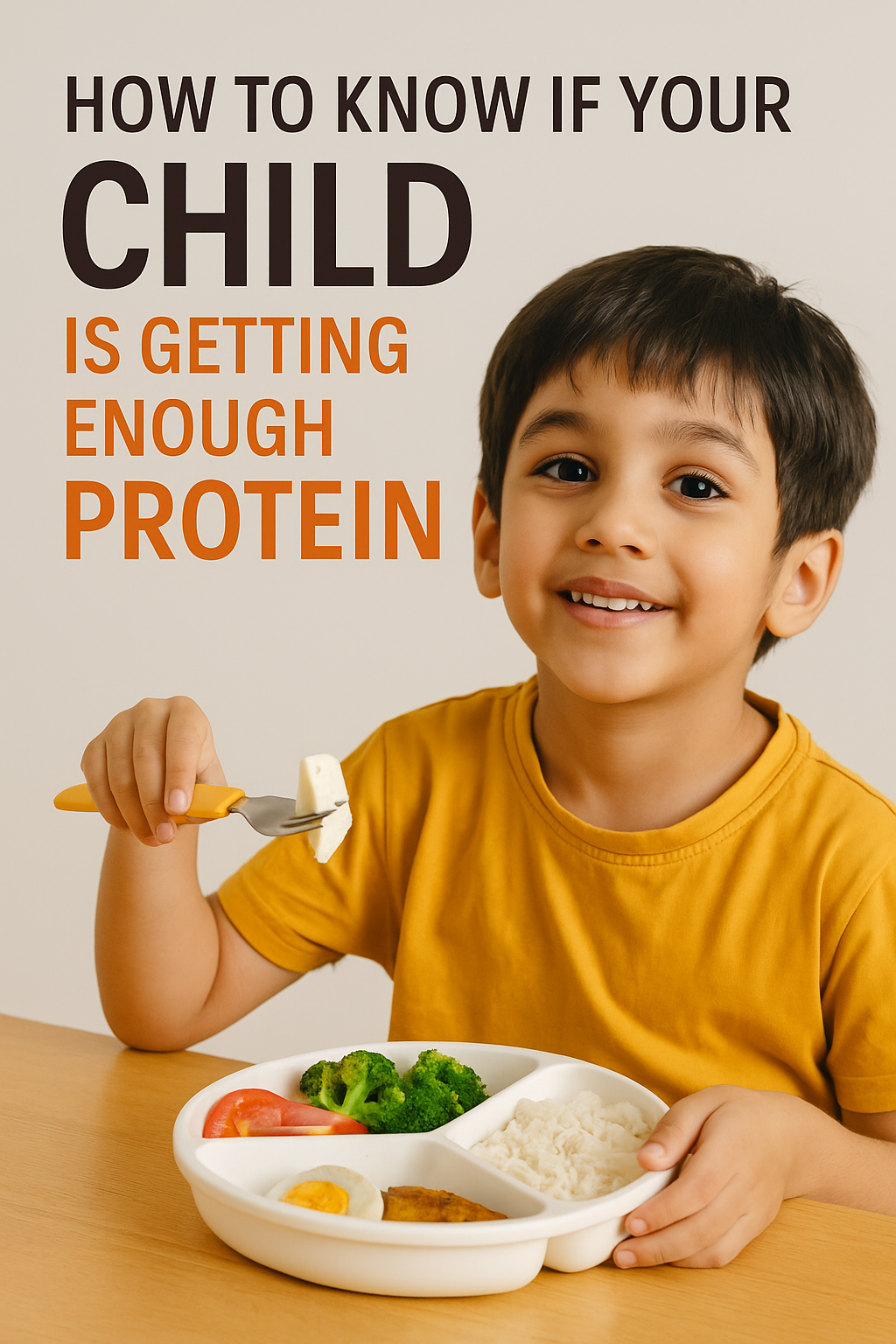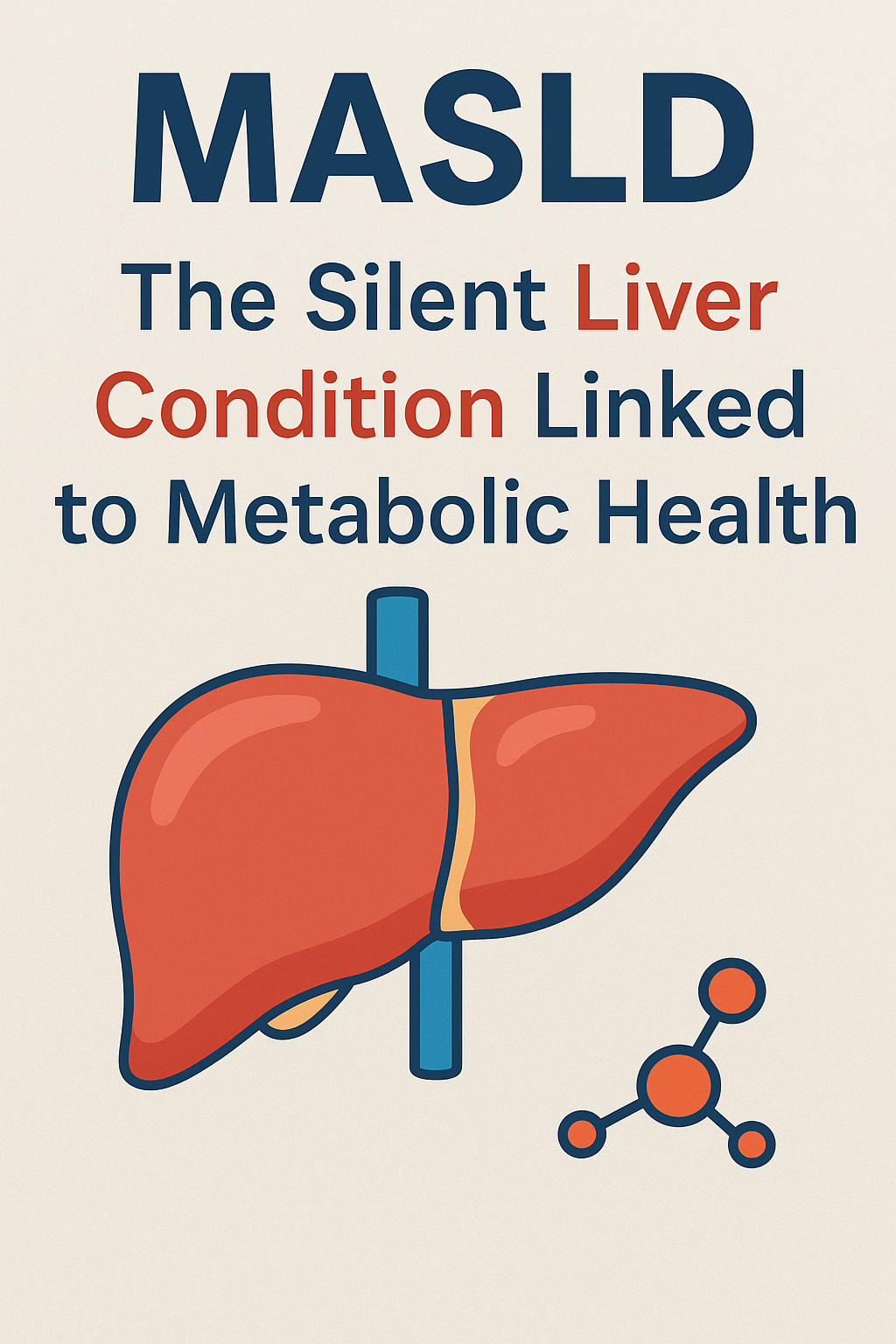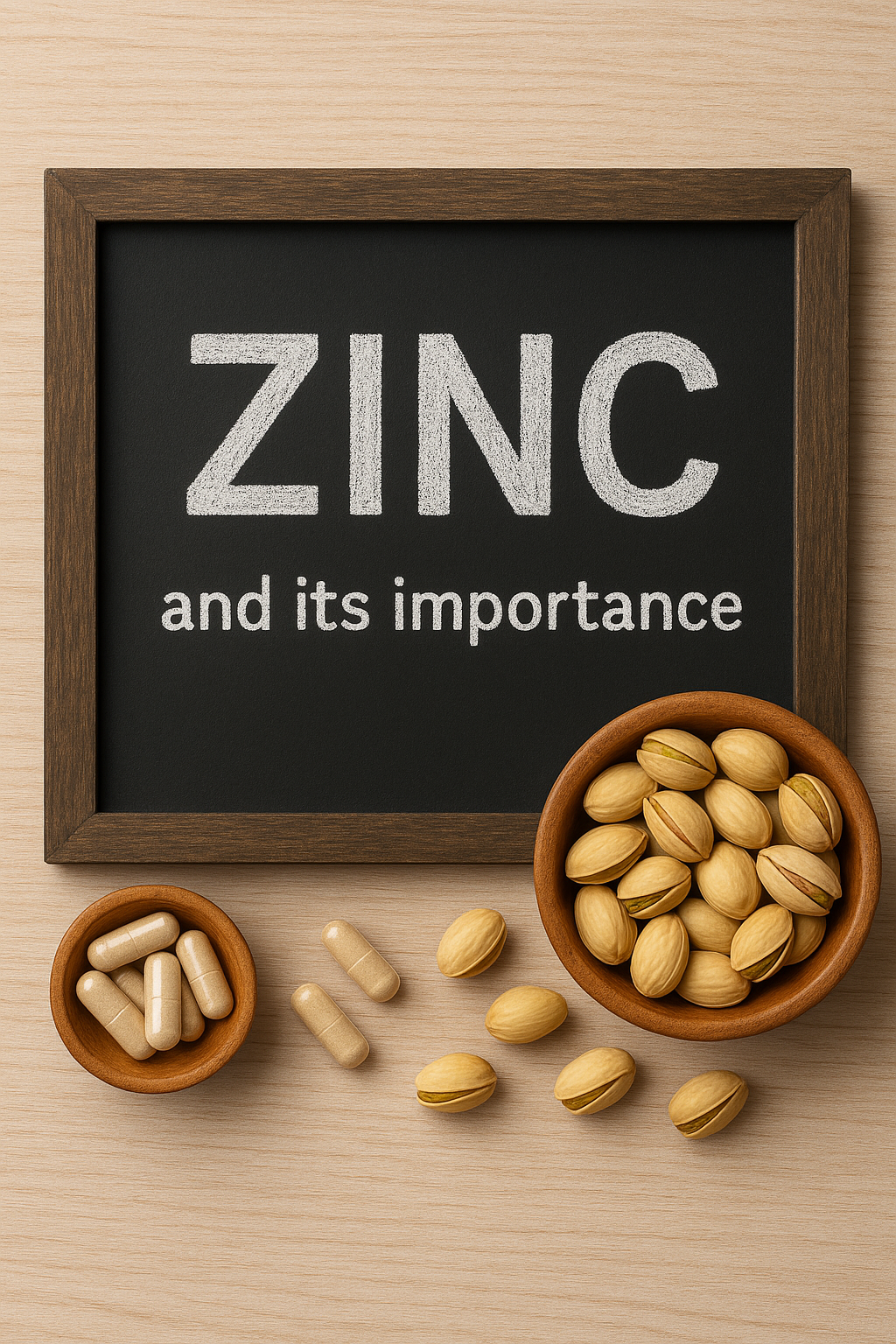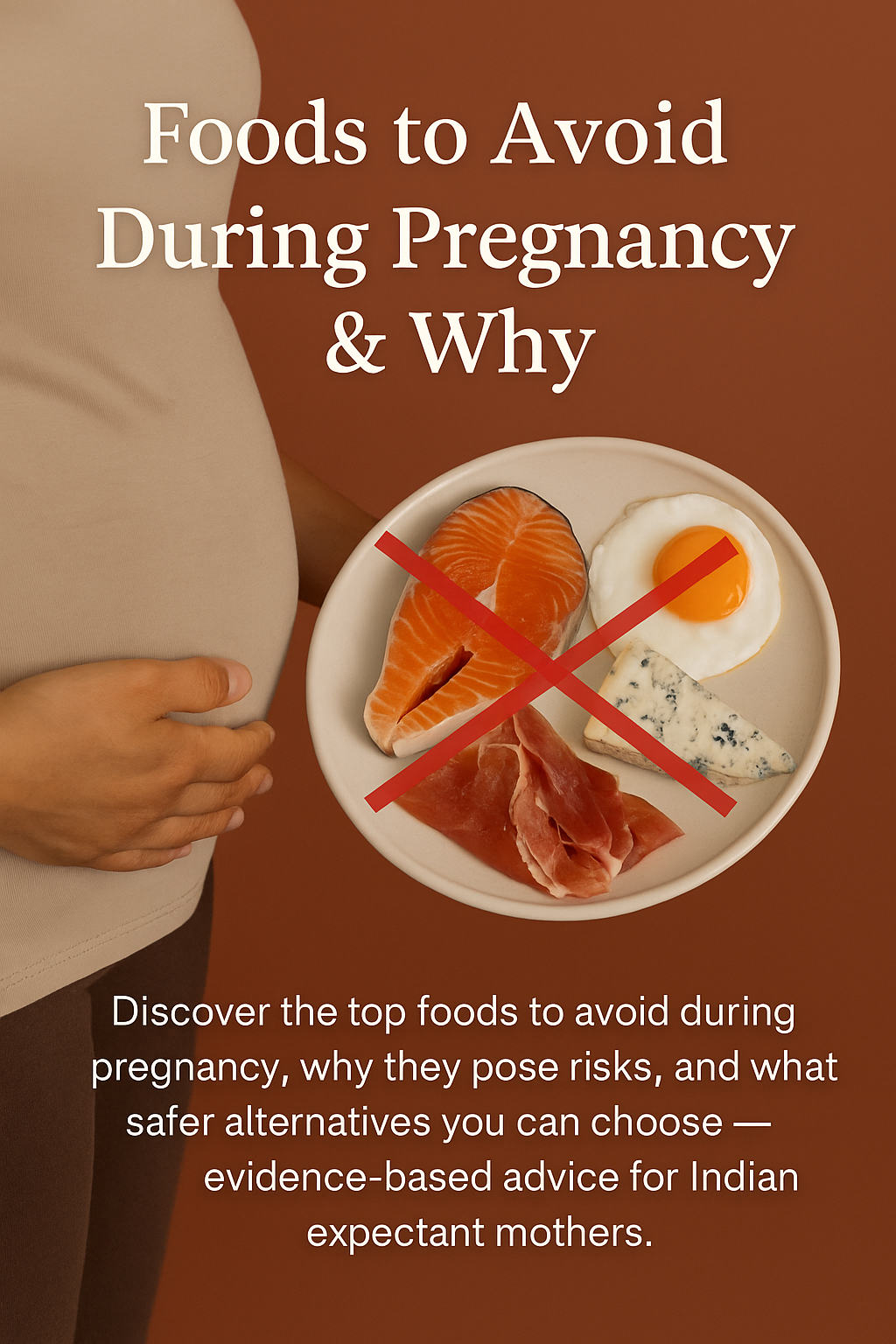As parents, we all want our children to grow strong, healthy, and full of energy. But in a world of picky eaters, busy schedules, and processed snacks, it’s easy to miss out on one essential nutrient — protein. We all should know how to calculate protein content in our children’s food (even in ours).
Protein plays a vital role in growth, brain development, muscle formation, immune strength, and even mood regulation in children. But how do you really know if your child is getting enough?
Let’s break it down in a practical, science-based way 👇
🧠 Why Protein Content Matters for Kids
Protein is made up of amino acids, the building blocks of every cell in the body. For children, protein supports:
-
Physical growth (height, muscle mass, organ development)
-
Cognitive development and focus
-
Stronger immunity
-
Wound healing and energy balance
📊 How Much Protein Do Children Need?
Protein needs vary by age, activity level, and growth stage. Here’s a quick guide based on ICMR and WHO recommendations:
| Age Group | Daily Protein Requirement |
|---|---|
| 1–3 years | ~13 grams |
| 4–6 years | ~19 grams |
| 7–9 years | ~25 grams |
| 10–12 years | ~35–40 grams |
| Teenagers (13–18) | Girls: ~45g |
🧒Protein Requirement in Children (Per kg of Body Weight)
| Age Group | Protein Requirement |
|---|---|
| 1–3 years | 1.2–1.3 g/kg/day |
| 4–6 years | 1.1–1.2 g/kg/day |
| 7–9 years | 1.0–1.1 g/kg/day |
| 10–12 years | 1.0 g/kg/day |
| 13–18 years | 0.9–1.0 g/kg/day |
✅ Example Calculations:
🧁 4-year-old child weighing 16 kg ➡️ Needs ~17–19 grams of protein/day
🍲 9-year-old child weighing 28 kg ➡️ Needs ~28–30 grams of protein/day
🏃♂️ 13-year-old teen weighing 45 kg ➡️ Needs ~40–45 grams of protein/day
⚠️ Note:
-
Active kids, children in growth spurts, or those recovering from illness may need on the higher end of the range.
-
Always prioritize complete protein sources: eggs, dairy, lentils, tofu, nuts, seeds, legumes, and whole grains.
-
For vegetarian children, combining cereals + pulses (e.g., roti + dal, khichdi) ensures all essential amino acids.
🧐 Signs Your Child May Be Low in Protein
Watch out for these subtle (or not-so-subtle) red flags:
-
Slower weight or height gain
-
Low immunity, frequent colds or infections
-
Poor concentration or low energy
-
Muscle weakness or poor stamina
-
Thin hair, brittle nails, dry skin
-
Cravings for salty or sugary snacks (common in protein deficiency)
🍽️ How to Estimate Protein Content in Your Child’s Meals
You don’t need fancy apps — just some quick benchmarks:
🍽️ Common Food Items & Their Approximate Protein Content
| Food Item | Protein (approx.) |
|---|---|
| 1 egg | 6 grams |
| 1 glass milk (200 ml) | 6 grams |
| 1 cup cooked dal | 7 grams |
| 1 tbsp peanut butter | 4 grams |
| 1 roti (multigrain) | 2–3 grams |
| 50g paneer | ~9–10 grams |
| 1/2 cup cooked rajma/chana | 6–8 grams |
| 1 slice whole grain bread | 2 grams |
| 1 bowl curd/yogurt (100g) | 4–5 grams |
| 1 cheese slice | ~5 grams |
| 1 banana (medium) | ~1 gram |
| 50g chicken (cooked) | ~12 grams |
| 50g fish (cooked) | ~10–12 grams |
| 1/2 bowl yogurt (50–60g) | ~2.5–3 grams |
| 1 glass buttermilk (200 ml) | ~2 grams |
➡️ A balanced Indian thali with dal, roti, sabzi, curd, and a small bowl of paneer or legumes can easily give 15-20 g protein.
🧁 Innovative Ways to Add More Protein to Your Child’s Diet
✅ 1. Sneaky Blends
-
Mix dal or soaked moong into dosa batter
-
Add grated paneer to parathas, cheelas, and poha
-
Blend nuts and seeds into smoothies or laddoos
✅ 2. Creative Snacks
-
Roasted chana, makhana with seeds
-
Greek yogurt with fruit
-
Nut butter on whole grain toast
-
Cheese cubes + fruit skewer
- Cheese slice + yakult
✅ 3. Protein-Rich Lunchbox Additions
-
Moong dal chilla roll with paneer
-
Besan roti with curd dip
-
Boiled eggs, cutlets, or soya kebabs (go easy on soya for girls as soya has phytoestrogens)
-
Homemade energy bites with dates + nuts + seeds
✅ 4. Smart Swaps
-
Use multigrain or millet flour instead of plain wheat
-
Replace sugary drinks with buttermilk or lassi
-
Serve curd or yogurt as a side in most meals
✅ 5. Include Seeds Daily
-
Add flax, chia, sunflower or pumpkin seeds into oatmeal, smoothies, or energy balls
-
1 tbsp = ~3–4 grams of plant protein + omega-3s
👨⚕️ What to Do If Your Child Is Deficient in Protein?
-
First, don’t panic. Mild protein deficiency is usually easily corrected with dietary changes.
-
Focus on 3 main protein hits per day: breakfast, lunch, and dinner.
-
If your child is vegetarian and picky, consider nutritionist-approved plant protein blends (e.g., rice + lentils, amaranth + dal)
-
In some cases, you may need a doctor-recommended protein supplement — but whole foods should always be the first choice.
🌟 Final Thoughts
Your child doesn’t need massive protein shakes or fancy bars — just balanced, real food served in fun and nourishing ways.
A bowl of dal, a spoon of seeds, a handful of nuts, a cube of paneer — small bites can make a big difference. 💪
👩⚕️ Need Personalized Help?
I offer child-friendly meal plans, protein-boosted recipes, and growth-tracking support through my platform AtoZ of Pregnancy. Contact us today and help your child thrive from the inside out!

Akanksha Sharma
Dr. Akanksha Sharma, Head Writer and creator of AtoZ of Pregnancy, is dedicated to empowering women, parents, and families through 360-degree knowledge. She and her team provide evidence-based advice to guide families through pregnancy, parenting and beyond.






